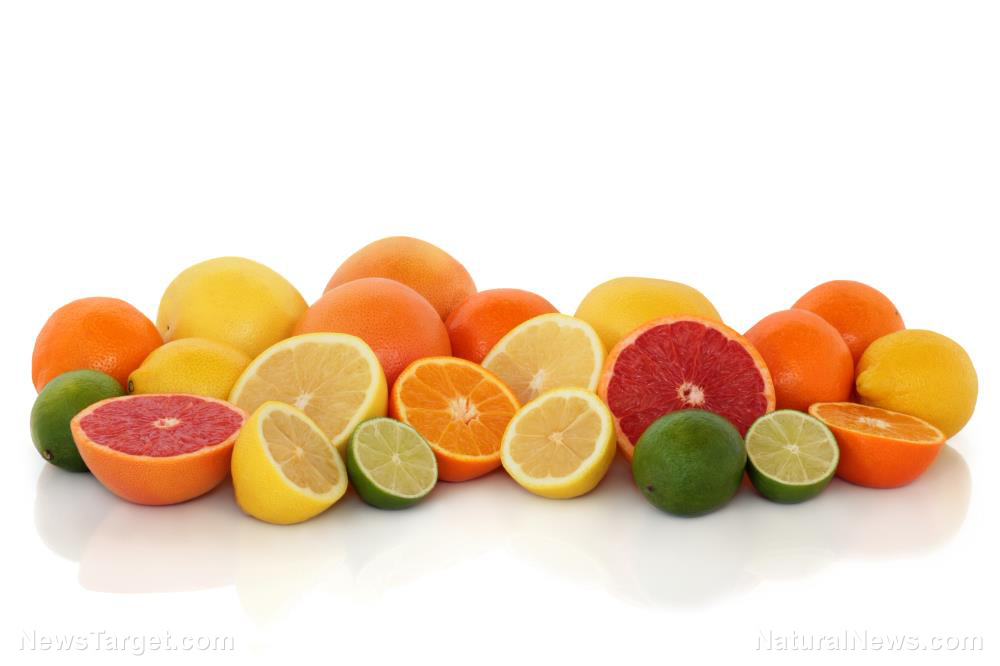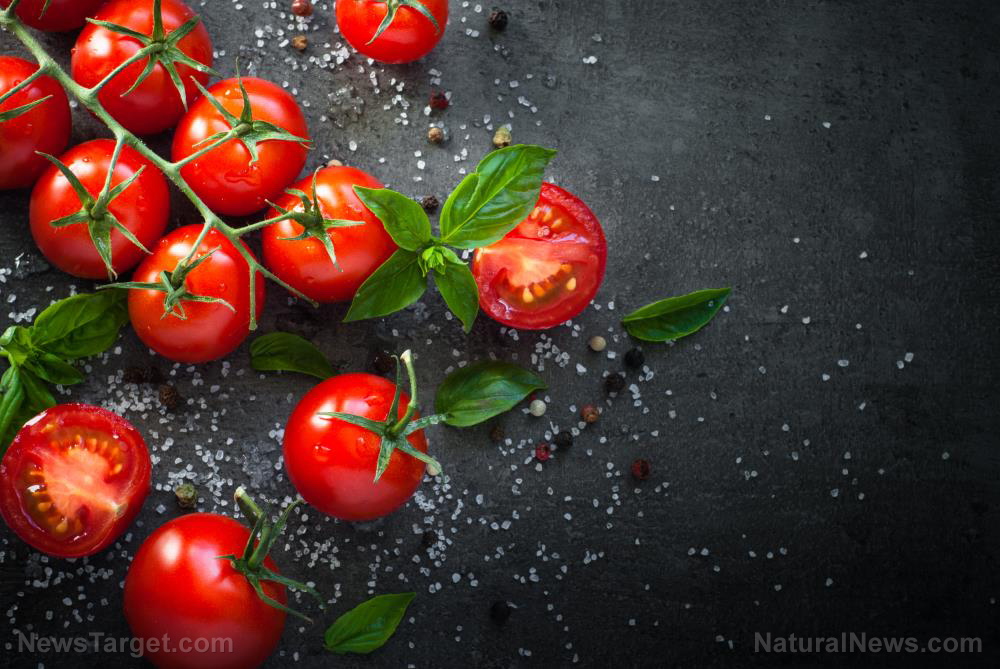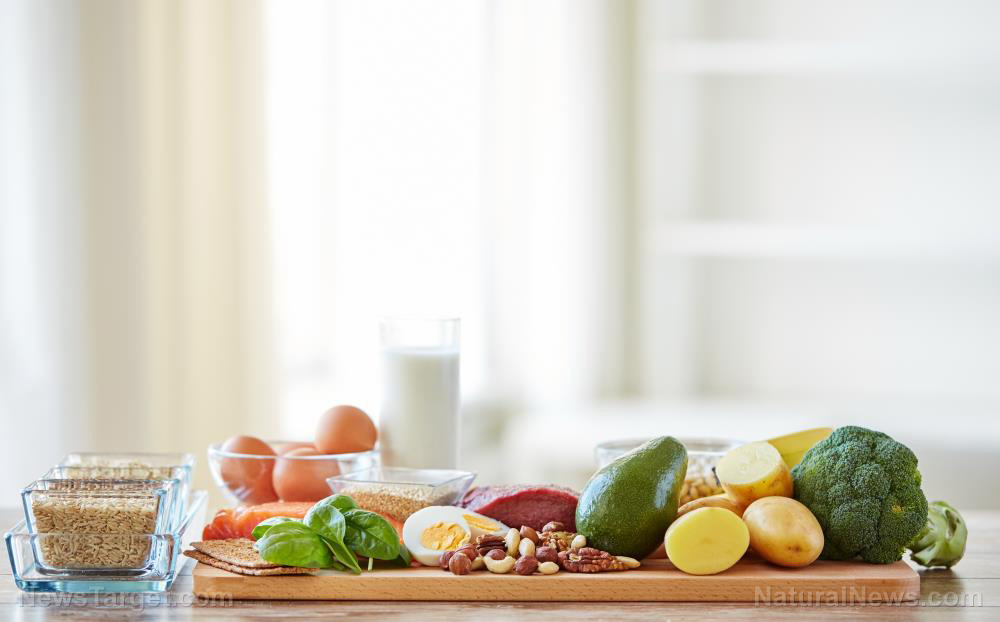Researchers look at plant extracts as a natural treatment for wrinkles and skin aging
06/09/2018 / By Michelle Simmons

A study published in the journal BMC Complementary and Alternative Medicine found that extracts of herbal plants, such as Nyctanthes arbor-tristis, Aegle marmelos, and Musa paradisiaca flower, can be used as an anti-aging agents in skin creams and as anti-proliferation compounds against cancer cells.
- A team of researchers at Dayananda Sagar College of Engineering and SRM Institute of Science and Technology in India examined the anti-aging properties and cytotoxicity on cells of the leaf extracts of Nyctanthes arbor-tristis, unripe and ripe fruit pulp extracts of Aegle marmelos, and terminal meristem extracts of Musa paradisiaca flower.
- The research team analyzed the phytochemical contents of the plant extracts for radical scavenging activity and total reducing power.
- They developed a poly-herbal formulation which was composed of the leaves of Nyctanthes arbor-tristis, unripe and ripe fruit pulp of Aegle marmelos, and the terminal meristem of Musa paradisiaca flower in two ratios – 6:2:1:1 (Poly Herbal Formulation 1) and 1:1:1:1 (Poly Herbal Formulation 2).
- Poly Herbal Formulation 1 was found to be more potent than the Poly Herbal Formulation 2 because it had better anti-oxidant and anti-elastase activities in NIH3T3 fibroblast cells.
- The plant extracts can be used as a potential agent in preventing skin aging and restoring skin elasticity due to their antioxidant properties.
- Moreover, Poly Herbal Formulation 1 had better anti-cancer activity in human cancer melanoma cells.
Overall, the findings of the study indicated that the plant extracts can potentially prevent skin aging and be used as an agent for skin cancer treatment.
For the full text of the study, go to this link.
Journal Reference:
Sundaram IK, Sarangi DD, Sundararajan V, George S, Mohideen SS. POLY HERBAL FORMULATION WITH ANTI-ELASTASE AND ANTI-OXIDANT PROPERTIES FOR SKIN ANTI-AGING. BMC Complementary and Alternative Medicine. 2018; 18(33). DOI: https://doi.org/10.1186/s12906-018-2097-9
Tagged Under: anti-aging, Bael, Banana Flower, medicinal plants, natural remedies, night-flowering jasmine, plant extracts, Plants, Skin, skin aging, skin aging prevention, skin aging treatment, skin anti-aging, skin care



















